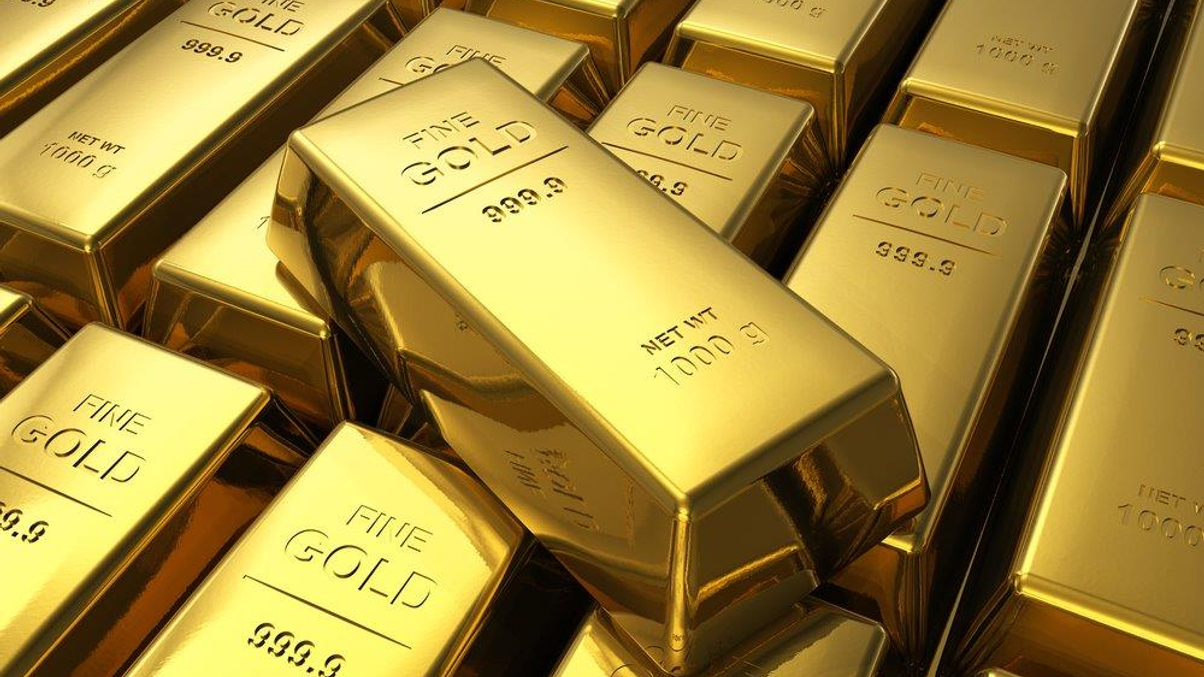Gold ETFs “steal the show” with record inflows
Gold ETFs drew record first-half inflows, as the metal’s price soared amid global uncertainty. The recent investment momentum may be slowing, but allocations are tipped to grow still further.

That the price of gold has leapt 25% in dollar terms this year comes as little surprise, given the prevailing global uncertainty. What really stands out about this rally is the huge part that exchange-traded funds played in it.
Sign in to read on!
Registered users get 2 free articles in 30 days.
Subscribers have full unlimited access to AsianInvestor
Not signed up? New users get 2 free articles per month, plus a 7-day unlimited free trial.
¬ Haymarket Media Limited. All rights reserved.


